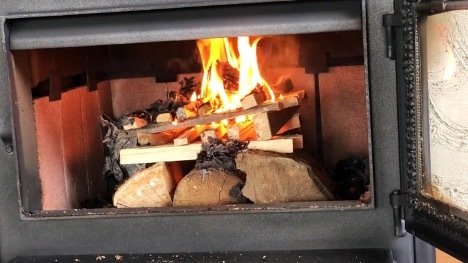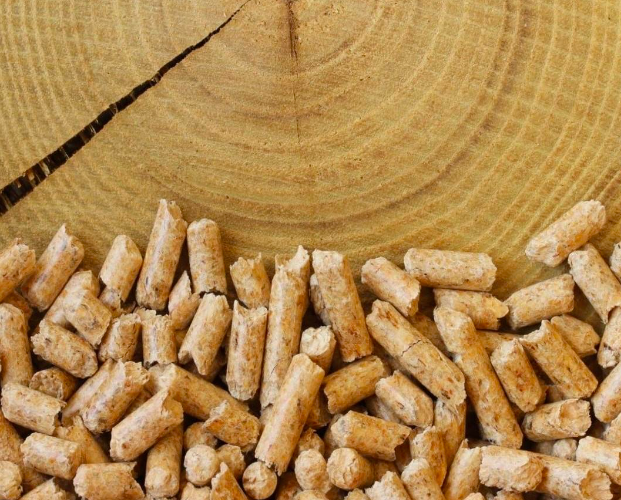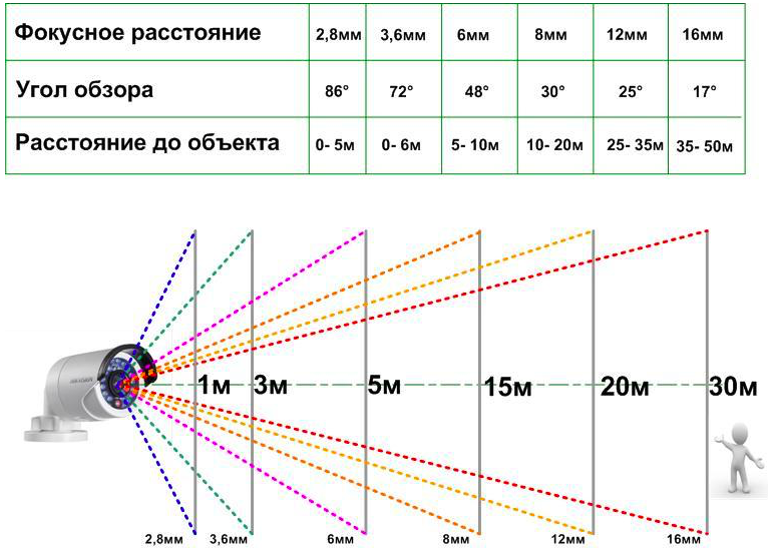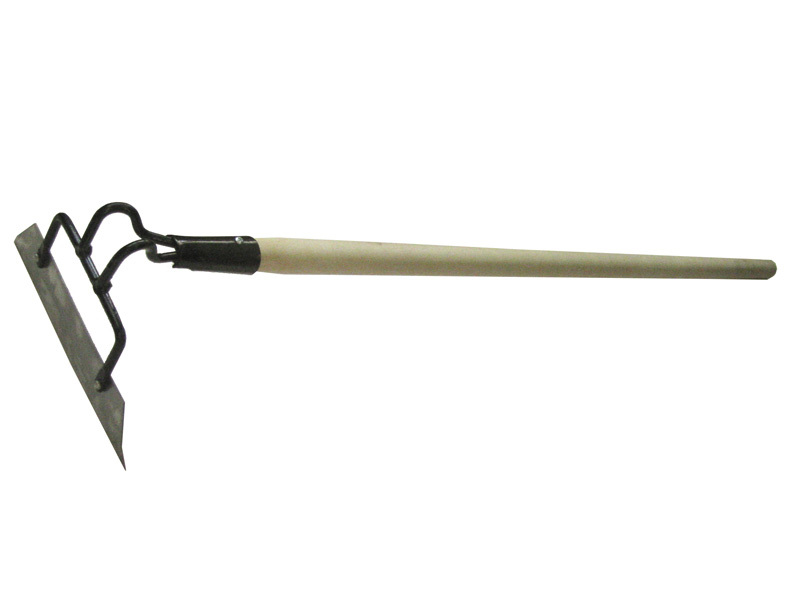The calorific value of firewood is an important parameter that shows the total amount of heat released during the combustion of 1 kg of fuel. This is how specific heat is determined, although there is also an indicator of lower, as well as higher heat. What it is and what fuel is most effective for a private house is described in detail in the material presented.
The content of the article
- What is the heat of combustion
- Heat of combustion of different fuels
What is the heat of combustion
Heat is defined as the amount of thermal energy that can be obtained by burning a certain fuel. The indicator is important - it is quite clear that the more heat per unit volume, the more efficient firewood, peat or other fuel.
For a more accurate determination, such an indicator as the specific heat of combustion of firewood is used, that is, the amount of heat that can be obtained as a result of the complete combustion of 1 kg of firewood. This value is measured in MJ / kg. So, for dry firewood (birch, pine), the heat is 15 MJ / kg.

A similar value is true for other hardwoods:
- oak;
- beech;
- ash.
But although the specific heat of combustion of birch firewood is indeed 15 MJ / kg, in practice it is slightly lower - 12-13 MJ / kg. The fact is that the "extra" 2-3 MJ go to the evaporation of water, which is contained in the wood in fairly large quantities, especially in fresh wood.
The actual indicator is called the lower calorific value of wood (it is also working). That is, the lowest is always somewhat less compared to the specific. But if the wood is dry, these parameters are approximately equal. If we take into account the heat that is released as a result of the condensation of water released from the wood, we get the highest calorific value. It is always higher than the net calorific value of wood.
Heat of combustion of different fuels
As already mentioned, the heat of combustion of wood is approximately the same and is approximately 15 MJ / kg. Although if you take perfectly dry wood, the figure rises to 16-20 MJ / kg. As for other types of fuel, the indicator will be as follows:
- charcoal 31 MJ/kg;
- hard coal anthracite 31 MJ/kg;
- specific heat of combustion of peat 8.1 MJ/kg;
- pellets (special wood waste pellets) 17-18 MJ/kg;
- briquettes from needles 20-28 MJ/kg.
Based on these data, it can be concluded that pellets and fuel brackets are more energy efficient, so firewood as such is not needed. Indeed, the specific heat of combustion of wood is 15-20 MJ / kg, which is comparable to pellets (17-18) and much less compared to briquettes (20-28).
But it is important to understand that both of these fuels have their drawbacks:
- cost more;
- not always on sale;
- burn quickly, do not provide uniform heat.

Thus, the main indicator that you should focus on is the specific heat of combustion of dry firewood. But since in practice they often have a large proportion of moisture, it is worth reducing it by 2-3 MJ / kg. Moreover, regardless of the wood, all firewood has approximately the same heat. It is much larger than peat, but inferior to pellets and briquettes from needles.


